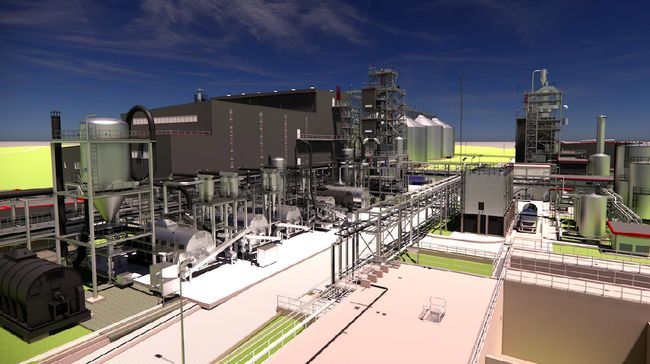New mysteries about the Sun and the stars have been revealed, especially those that have a mass greater than that of the Sun and which are the most numerous. This result was achieved thanks to neutrinos, the particles capable of passing through matter and which from the heart of the Sun reached the detector of the international experiment Borexino, in the National Laboratories of Gran Sasso of the National Institute of Nuclear Physics (Infn). The result, which conquered the cover of the magazine Nature, notes the Infn, it has been defined “of historical value”. Complete a chapter of physics that began in the 1930s. With this study comes the first fundamental experimental confirmation of how stars heavier than the Sun shine. Scientists underline how the implication of this new measure for the understanding of stellar mechanisms is enormous: in fact, since the Cno (carbon-nitrogen- oxygen) is predominant in the most massive stars of the Sun, with this observation Borexino “has reached the experimental evidence of what is in fact the dominant channel in the universe for the combustion of hydrogen”.
Ten years of Borexino: the experiment that reveals the secrets of the Sun
by SANDRO IANNACCONE
24 October 2018-

The discovery announced today tells an 80-year-old story. The existence of the Cno cycle was first theorized in 1938, when the scientists Hans Bethe e Carl Friedrich von Weizsäcker independently proposed that the fusion of hydrogen in stars could also be catalyzed by the heavy nuclei carbon, nitrogen and oxygen, in a cyclic sequence of nuclear reactions, as well as proceeding according to the sequence of the proton-proton chain. Despite the indirect evidence obtained with astronomical and astrophysical observations, direct experimental confirmation of the stellar energy generation mechanisms had never yet been obtained.
“For the first time we know how and why the stars shine”, the ‘father’ of the Borexino experiment told Ansa. Gianpaolo Bellini, of the University of Milan and researcher at the Infn. Borexino is an Italian-speaking experiment, with a contribution from Princeton University and whose main funder is the Infn, with the American National Science Foundation (Nsf) and some German agencies.


About three years ago the measurements of solar neutrinos gave a complete picture of the nuclear fusion reactions between protons that occur in the Sun and which produce 99% of the solar energy. “They are the reactions that produce temperatures of up to one and a half million degrees in the Sun and that prevent our star from imploding.” The origin of the remaining 1% of the energy, generated by reactions between carbon-nitrogen-oxygen (Cno), remained to be discovered, and this is what the experiment was able to see today. If this cycle plays a secondary role for the Sun, it is the most widespread in stars of great mass.
This is how Borexino works
28 August 2014-
Solar neutrinos can only be observed with highly sensitive detectors, capable of excluding most sources of background signals. To achieve the required sensitivity, the Borexino experiment was built with an onion-like design, characterized by layers of increasing radiopurity, making it a unique detector in the world for the very low background level achieved, never achieved by any other experiment. . Furthermore, the depth of the experimental rooms of the Gran Sasso underground laboratories shelters it from cosmic radiation, with the exception of the neutrinos that cross the earth’s matter undisturbed.
– .


